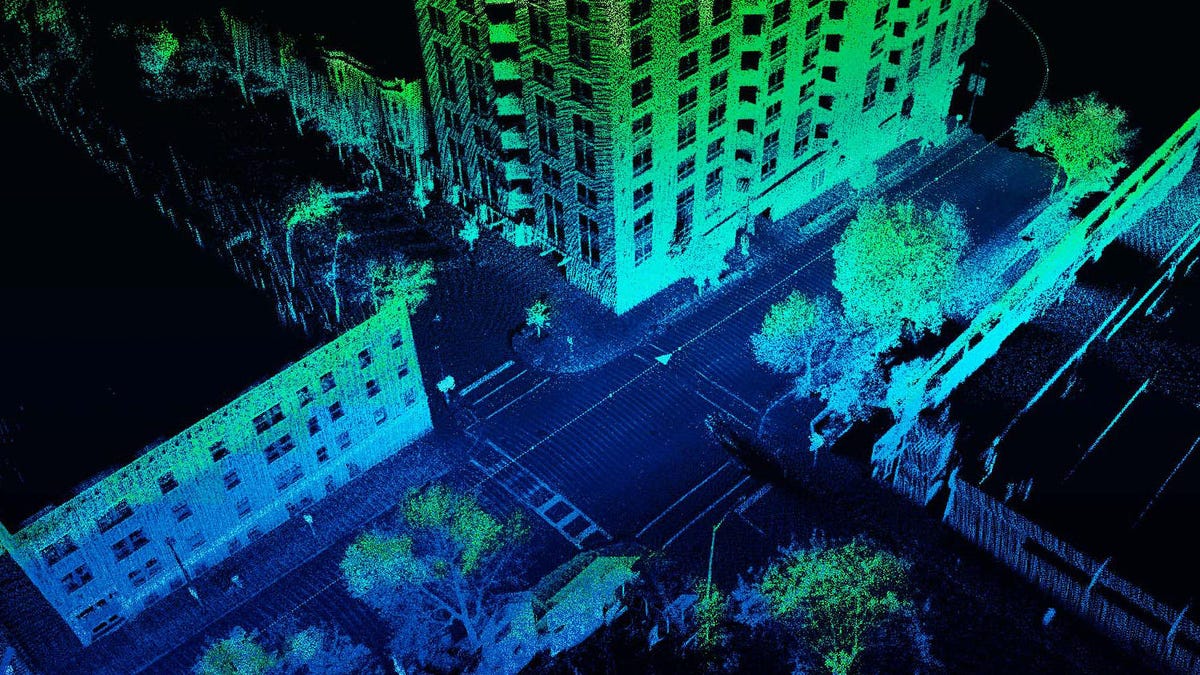Nikon will help build Velodyne's lidar sensors for future self-driving cars
Mass production is expected to begin in the second half of this year.
With the notable exception of one automaker, most companies are generally in agreement that lidar is a vital component of the hardware necessary to enable some degree of vehicle autonomy. However, with all that demand out there, any company that wants its product all over the industry will need to build at scale. To achieve that scale, one lidar manufacturer is reaching out to a company with a lot of lens experience.
Velodyne announced on Thursday that it has signed an agreement with Nikon , in which the company most famous for its cameras will manufacture lidar sensors for Velodyne. Nikon plans to start mass production of Velodyne's lidar in the second half of 2019.
"Mass production of our high-performance lidar sensors is key to advancing Velodyne's immediate plans to expand sales in North America, Europe, and Asia," said Marta Hall, president of Velodyne Lidar, in a statement. "It is our goal to produce lidar in the millions of units with manufacturing partners such as Nikon. Working with Nikon, an expert in precision manufacturing, is a major step toward lowering the cost of our lidar products."
Nikon has already invested $25 million in Velodyne's business, so this manufacturing announcement represents the first big step in their partnership. Velodyne didn't specify how else the two companies plan to join forces, saying only that the pair "will continue to investigate further areas of a wide-ranging and multifaceted business alliance." Velodyne did say, though, that it wants its lidar to be used beyond automotive applications, including agriculture, mapping and security.
Everybody's pretty familiar with the concept of radar, which uses radio waves to detect objects -- many adaptive cruise control systems rely on radar to operate. Lidar operates similarly, but instead of sending out radio waves that bounce back, lidar uses light. Computers crunch the data they receive to create a "point cloud" of these reflections, creating an impressive map of nearby objects. The maps are detailed, but lidar is still on the newer side, which means it's awfully expensive. Prices are lowering, but partnerships like the one between Velodyne and Nikon will help bring those prices down even further.
We've already come a long way from those massive spinning structures on top of early AV development vehicles.


